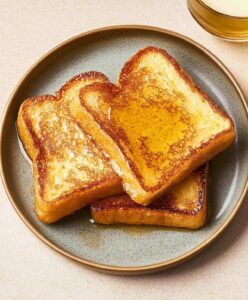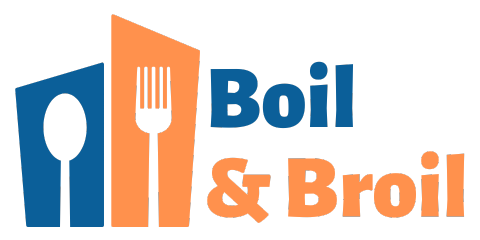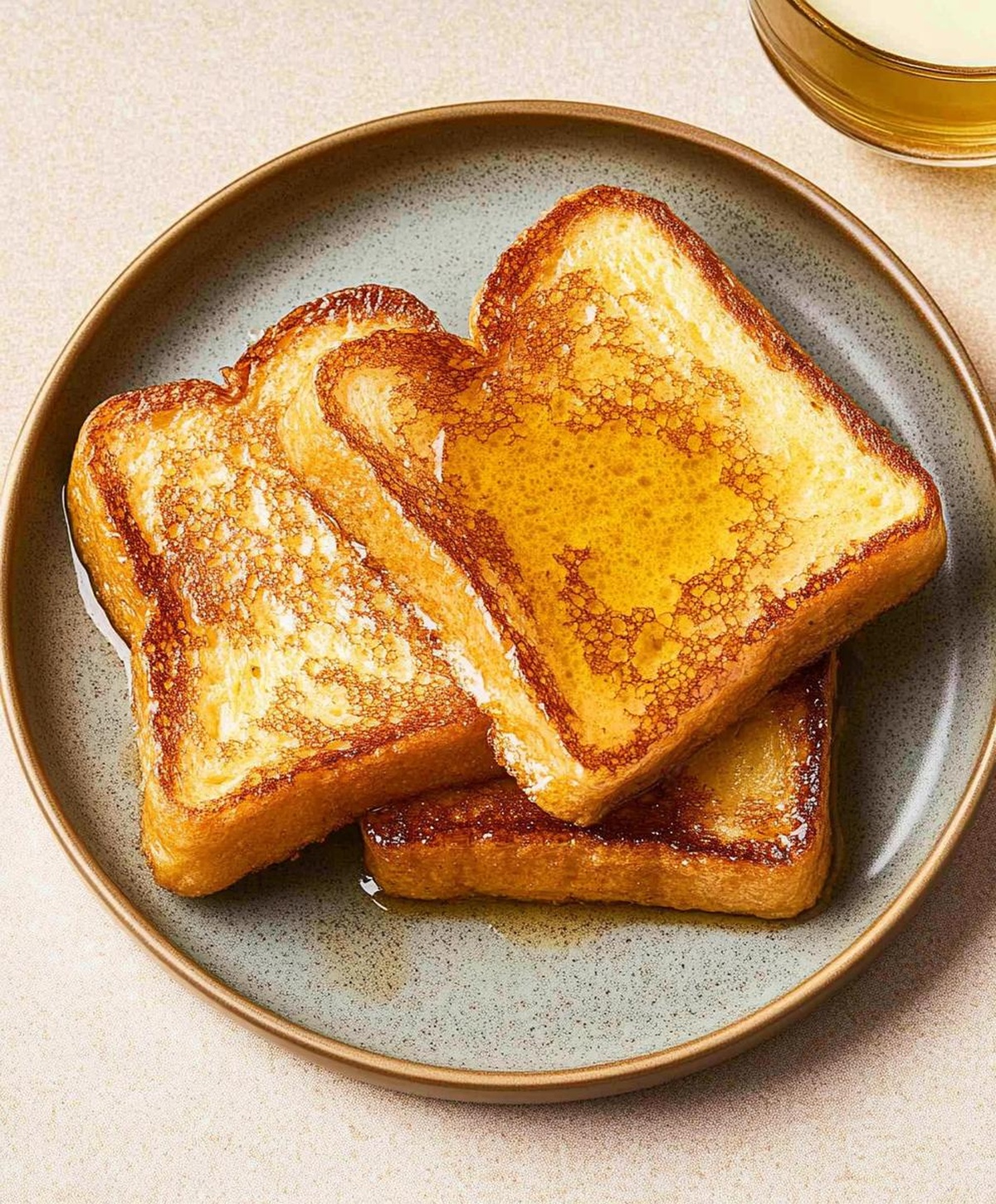Warm & Fluffy French Toast Recipe For Cozy Mornings
Lazy weekend mornings call for a delightful French toast recipe that turns ordinary bread into a golden, crispy breakfast treat.
This classic dish melts hearts with its simple yet irresistible charm.
Whisked eggs, a splash of vanilla, and a hint of cinnamon create a magical coating that transforms plain slices into something extraordinary.
You’ll love how quickly this breakfast comes together with just a few pantry staples.
Each bite promises a perfect balance of soft, custardy interior and perfectly caramelized exterior.
Drizzle with maple syrup or dust with powdered sugar to make your morning truly memorable.
Let’s dive into a breakfast that’ll make everyone at the table smile.
How to Save French Toast for Later
What to Eat with French Toast
Fun French Toast Variations
FAQs
Thick, day-old bread like brioche, challah, or Texas toast are ideal. These types absorb the batter well without falling apart and create a rich, custardy texture that makes French toast extra delicious.
Absolutely! You can prepare the batter and refrigerate it for up to 24 hours before using. Just give it a good whisk before dipping your bread to ensure all ingredients are well combined.
Don’t soak the bread too long in the batter. A quick dip on each side is enough to coat the bread without making it overly wet. Also, make sure your cooking surface is hot before adding the bread to help create a crispy exterior.
The flour helps thicken the batter and creates a more stable coating on the bread. It prevents the eggs from becoming too runny and helps achieve a more consistent texture in your French toast.
Reasons to Love Classic French Toast
What Goes into French Toast
Main Ingredients:Dry Ingredients:Flavor Enhancers:Steps for Making French Toast
Step 1: Preheat Cooking Surface
Warm up your griddle to 350 degrees F or set a skillet over medium heat.
Ensure the surface is hot and ready.
Lightly grease with butter or cooking spray to prevent sticking and add a hint of flavor.
Step 2: Create Magical Batter
Combine ingredients in a blender or mixing bowl:Blend or whisk until smooth and completely combined with no lumpy bits.
Step 3: Soak Bread in Deliciousness
Dunk bread slices into the batter, coating both sides thoroughly.
Allow excess batter to drip off briefly before placing on the heated cooking surface.
Step 4: Cook to Golden Perfection
Place battered bread on the griddle.
Cook for 2-3 minutes until the bottom turns a rich golden brown.
Carefully flip and cook the other side until equally golden and crispy.
Watch closely to prevent burning.
Step 5: Plate and Garnish
Transfer French toast to serving plates.
Top with your favorite garnishes such as:Serve immediately while warm and enjoy the delightful breakfast treat.
Helpful French Toast Cooking Tips
Print
French Toast Recipe
- Total Time: 20 minutes
- Yield: 4 1x
Description
Indulgent French Toast brings classic breakfast comfort to your morning table with golden-brown, custardy slices kissed by maple syrup. Rich egg-soaked bread delivers a delightful start that will transport you straight to a Parisian café.
Ingredients
Main Ingredients:
- 8 thick slices bread
- 4 large eggs
- 2/3 cup (160 milliliters) milk
Dry Ingredients:
- 1/4 cup (30 grams) all-purpose flour
- 1/4 cup (50 grams) granulated sugar
- 1/4 teaspoon salt
- 1 teaspoon ground cinnamon
Flavor Enhancers:
- 1 teaspoon vanilla extract
Instructions
- Preheat the cooking surface to 350 degrees F on a griddle or medium heat in a skillet. Lightly grease the surface with butter or oil to prevent sticking and enhance flavor.
- Create a smooth batter by combining eggs, milk, flour, sugar, salt, cinnamon, and vanilla in a blender. Alternatively, whisk ingredients in a shallow dish until fully incorporated and free of lumps.
- Dunk bread slices into the prepared batter, ensuring complete coverage on both sides. Allow excess batter to drip off before placing the bread onto the heated cooking surface.
- Cook each slice for 2-3 minutes until the bottom turns golden brown. Listen for a gentle sizzle as an indicator of proper cooking temperature. Carefully flip the bread and cook the opposite side until equally golden and crisp.
- Transfer the French toast to serving plates. Top with a generous drizzle of syrup and a light dusting of powdered sugar if desired. Serve immediately while warm to fully appreciate the crisp exterior and tender interior.
Notes
- Choose bread that’s slightly stale or day-old for better absorption and a crispier texture without falling apart during dipping.
- Use thick-cut bread like brioche or challah to create a richer, more luxurious French toast with a softer interior.
- Add a pinch of nutmeg or orange zest to the batter for an unexpected depth of flavor that elevates the classic recipe.
- For gluten-free options, swap wheat bread with gluten-free bread or use almond flour instead of regular flour in the batter.
- Prep Time: 10 minutes
- Cook Time: 10 minutes
- Category: Breakfast, Snacks, Desserts
- Method: Frying
- Cuisine: American
Nutrition
- Serving Size: 4
- Calories: 290
- Sugar: 8 g
- Sodium: 200 mg
- Fat: 9 g
- Saturated Fat: 2 g
- Unsaturated Fat: 3 g
- Trans Fat: 0 g
- Carbohydrates: 45 g
- Fiber: 2 g
- Protein: 9 g
- Cholesterol: 210 mg


Clara Thompson
Recipe Developer & Culinary Educator
Expertise
Developing accessible single-serving recipes, Food writing and content creation, Plant-based and allergen-friendly cooking, Culinary education and workshop facilitation
Education
Oregon Culinary Institute (Portland, OR)
Diploma in Culinary Arts
Specialized in plant-based cooking and sustainable kitchen practices.
Portland Community College
Certificate in Food Writing and Media
Focused on recipe writing, food photography, and digital content creation.
Clara’s food journey began with a curiosity for color, texture, and ingredients pulled straight from the garden. Her background in plant-forward cooking and creative writing gives her a unique edge – she makes healthy, flavorful food feel inviting, not intimidating.
She specializes in meals that work for busy lives and different diets, all without sacrificing taste. Clara’s voice comes through in every recipe she writes – clear, kind, and encouraging.